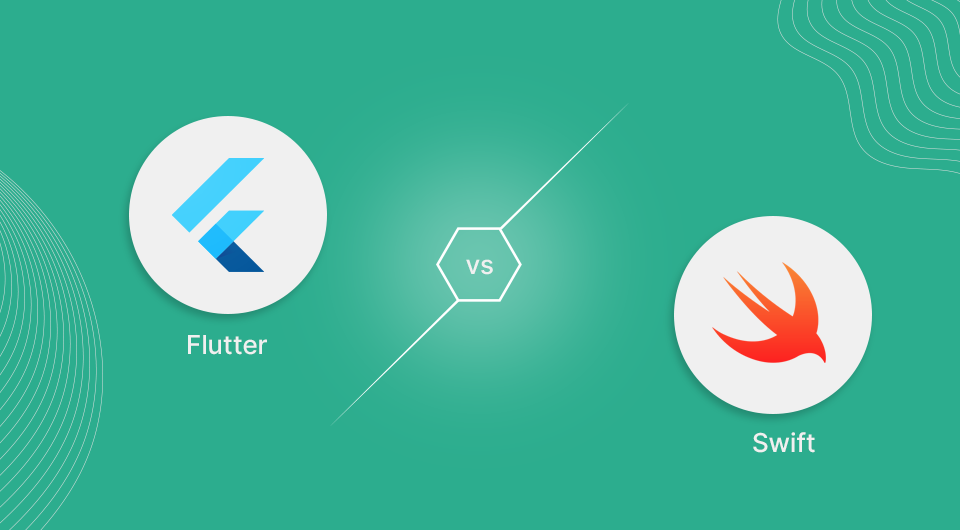Related Articles
The Best Mobile App Development Tools for Building Apps
This article provides a comprehensive overview of the best mobile app development tools you can use to build mobile applications.
Read The PostA Guide to API Development: Tools, How It Works, and Best Practices.
Digital transformation projects depend heavily on APIs. Here’s everything you need to know about APIs and their development.
Read The PostFlutter vs Swift: Mobile Development Faceoff
The growing demand for mobile app development brings the need to evaluate the available technology options. Flutter vs. Swift is one of the most common comparisons in iOS app development.
Read The Post


